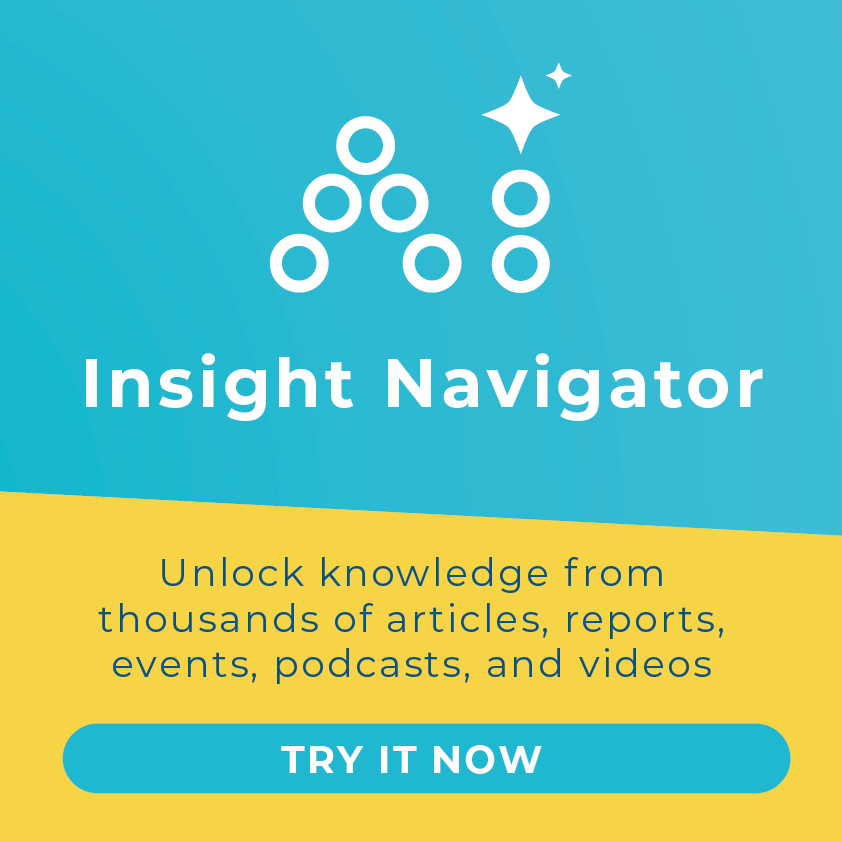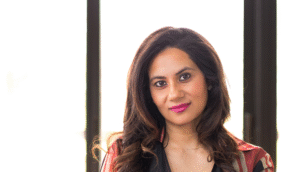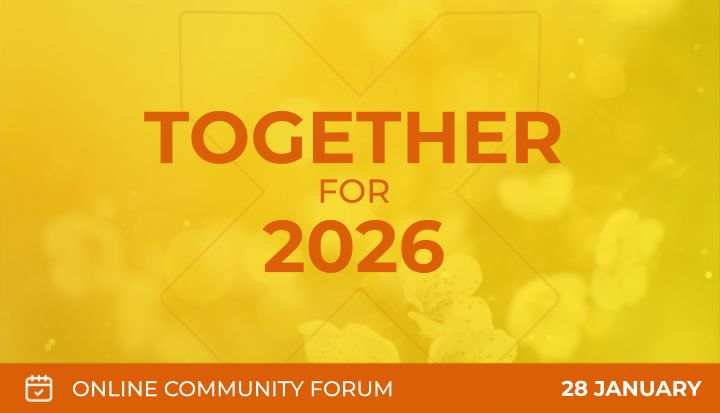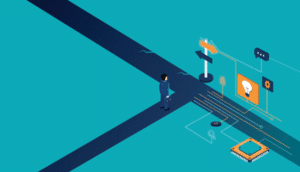Most – perhaps all – of the world’s challenges are founded in large part on problematic attitudes and beliefs. Among these challenges, discrimination based on race, gender, disability, age, sexual orientation and more is arguably the most pernicious. It exacts huge economic costs and, more fundamentally, ruins and even ends lives. It robs us all of the best we each have to contribute to each other. A credible path to a better world must at some point pass through changed attitudes and beliefs.
We have a long way to go. For example, in the 2022 Gender Equality Attitudes Study, conducted by Kantar with the Unstereotype Alliance and UN Women, of 20,000 male and female respondents across 20 countries:
- Half said that women should work less and spend more time on their families.
- Two-fifths said that men are inherently better political leaders than women.
- Two-fifths of surveyed men and a quarter of women said that men make better business executives.
- Roughly one in five said that there are circumstances under which it is acceptable to hit your spouse.
Alarmingly, the most regressive attitudes in those twenty countries were found among young men, suggesting we may go backwards before we go forwards. These data underline that our collective efforts to promote gender equality are inherently undermined by, and linked to the changing of, attitudes. Women will not play their fullest role in the economy, nor offer us all the benefits of their leadership, nor be safe, when attitudes such as these are so widely held. Similar dynamics are at play in other areas of discrimination.
Given this, it is hard to think of a better place for business to start fighting poverty in its broadest sense than marketing and communications budgets, strategies and plans. Global spend on advertising and marketing in 2024 is estimated to have approached $2 trillion (Global Advertising & Marketing Spending Forecast 2025-2029 – PQ Media® | Custom Media Research). Every one of those dollars is spent in the service of changing minds. Estimates of the number of ads we all see per day go as high as 10,000.
It is not only that content is influential; in adverts there can be perhaps subliminal messaging behind, for example:
- The ethnicity of those playing the scientist.
- Who does the laundry.
- Who is implicitly the one with decision-making power over household spending.
- The norms these patterns reinforce in our minds.
It is also the huge talent of the industry, whether on the creative, platform or buyer sides. Marketeers are exceptionally good at working out how to make us think differently and attach positive or negative emotions to things. To be fair, the advertising industry’s track record on reinforcing negative stereotypes is not great. But that has been changing.
As one example, Diageo launched an advertising campaign for Guinness by AMV BBDO around Gareth Edwards, the captain of the Welsh Rugby Team. It told the story of how he came out as gay during his playing career (Guinness: “Gareth’s Story” Film by AMV BBDO London, Stink, Tubby Brothers – AdsSpot Advertising Archive). It is incredibly moving and a powerful piece that speaks in an empathetic way to the struggles faced by gay people due to well-founded fears of discriminatory treatment. While they are anecdotal, there are many stories of people who found the ad literally life-changing, either in challenging prejudice in a traditionally “macho” sport and sport following, or because they as a gay person felt more seen.
We have no data on how much that ad moved the needle on homophobia. In general, campaigns that have challenged stereotypes neither have a practical way nor a commercial motivation to survey attitudes on stereotypes and discriminatory beliefs among those who see their ads before and after to see what has changed.
What is available, however—potentially as a proxy but also importantly in its own right—is data on how advertising that challenges stereotypes and discriminatory attitudes affects sales and bottom line. It seems reasonable to assume that if ads that challenge stereotypes are well-received and measurably improve sales, then their message is being heard.
The Unstereotype Alliance’s 2024 “Inclusion=Income” study, conducted in collaboration with Oxford Saïd Business School and member companies, analysed 392 brands across 58 countries. It showed that inclusive advertising works better than non-inclusive:
- 3–5% higher short-term sales.
- 16% higher longer-term sales.
- 62% greater likelihood of being a consumer’s first choice.
- 15% higher customer loyalty. (Unstereotype Alliance; UN Women; Unilever)
This wasn’t a one-off either. Last year Kantar also analysed 28,000 ads in 72 countries, representing almost 8,000 brands, and found that ads scoring highly on the Gender Unstereotype Metric (GUM) and the Progressive Unstereotype Metric (PUM) performed better across indicators for brand equity and ROI (unstereotypealliance.org+5unstereotypealliance.org+5unstereotypealliance.org+5).
These are numbers that don’t only persuade the CMO. They work for the CFO too. And it is all upside: it does not cost more to make progressive ads.
It is sometimes baffling how, in the face of clear evidence of the benefits of challenging stereotypes, businesses don’t do more of it. It is also saddening that the trajectory for improvement is slower than we might hope. In fact, some data suggest that in some areas we may be slipping back a little. The 2024 GUM and PUM data suggest that:
- Ethnic diversity in ads is declining overall (though those represented are more likely to be in lead roles).
- Diverse body sizes are less represented than they were, especially for women.
- Characters aged over 40 are now less represented than in prior years.
- Representation of people with disabilities is improving, but is still only around 3%, well below representation in the population.
I will speak to the Unstereotype Alliance and its lessons elsewhere. For now, suffice to say that it is a hugely important industry initiative to “unstereotype” advertising, convened by UN Women, offering invaluable support and resources to its members across the world. The point in this context is that wheels do not need to be reinvented; experience and tools are there to draw on, and a supportive community exists for those who want to be part of it.
The takeaways then are:
- Many of the societal challenges business seeks to and must help solve relate to people’s attitudes and beliefs.
- If a business wants to do good, its marketing and communications are often an under-leveraged avenue for doing so.
- Orientating marketing and communications activities toward challenging and overcoming prejudicial and stereotyped views offers striking commercial benefits, all at no extra cost.
- Despite this, too many businesses are missing the opportunity and are even going slightly backwards in some areas.
- Seizing that opportunity has never been easier because of the evidence, tools and community that is available through the Unstereotype Alliance, for example.
Lastly, while it will always be the right time for business to find ways to do good, the window for fully exploiting the potential of unstereotyped marketing and communications will not stay open forever. Brands currently taking advantage of the commercial benefits of progressive advertising gain those benefits because others are late to the party. The majority of the laggards will surely catch on eventually. This is perhaps the perfect moment for business—a sweet spot where the “how” is fairly well understood, accessible and actionable but, particularly in some industries, many businesses have not yet realised quite how much competitive advantage is available to them. The rewards are there to be taken. Most win-wins turn out not to be. This one emphatically is.









One Response
Great article, great insights!